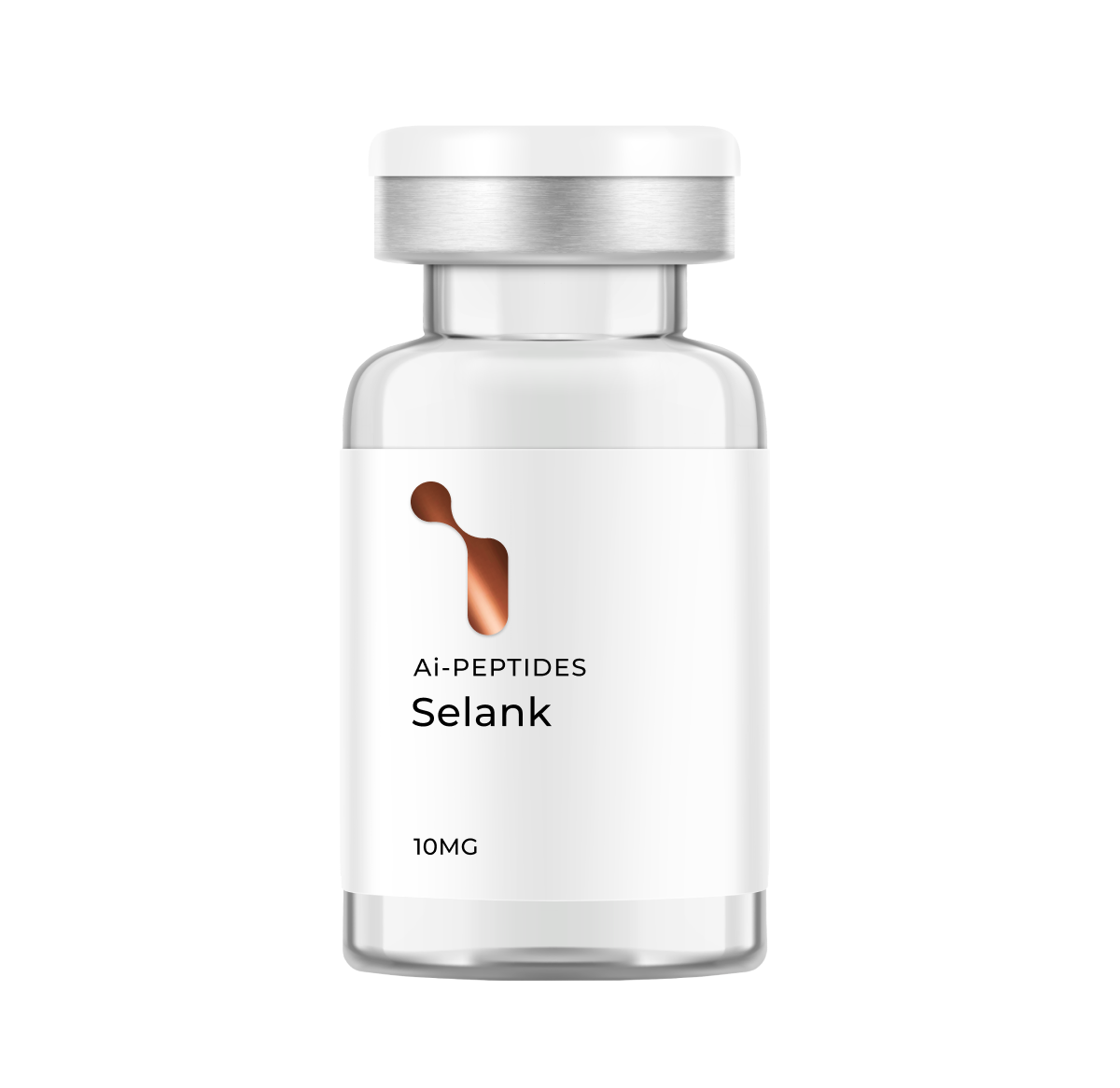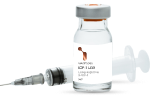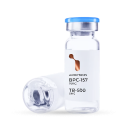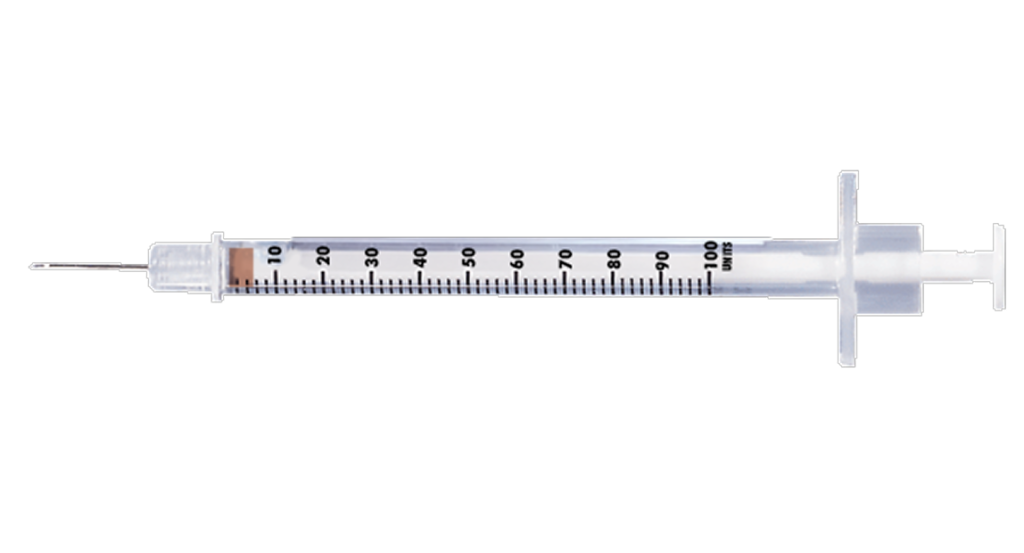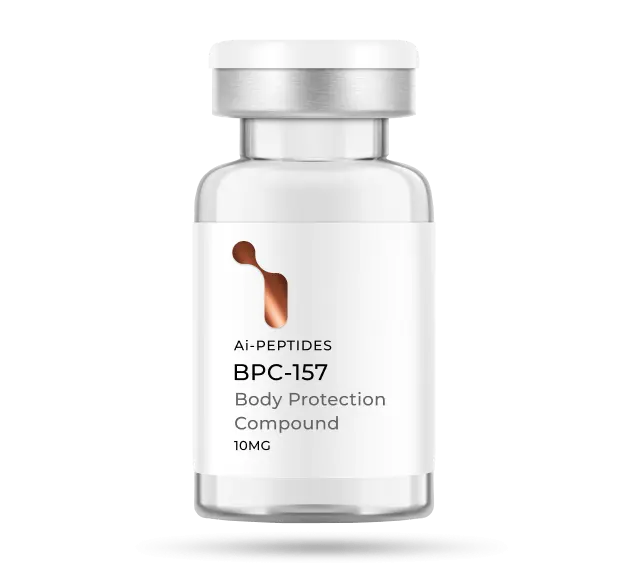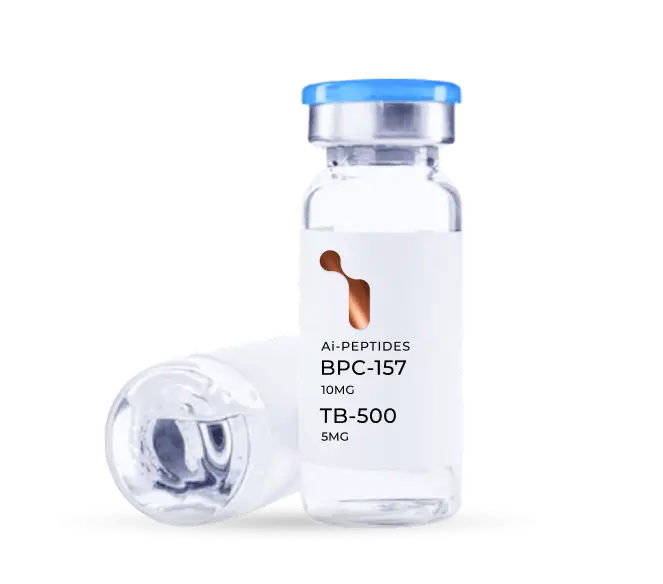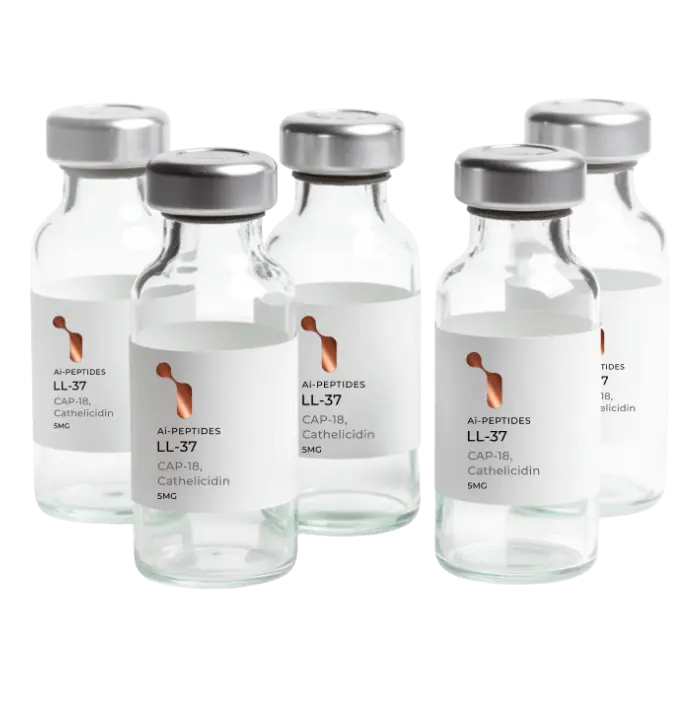Selank is a small, lab-made peptide inspired by a natural immune fragment (tuftsin). Researchers use it to explore brain-signaling pathways linked to calm focus, mood balance, and attention—think of it as a simple tool for probing how “settling” signals and cognitive circuits interact in controlled models.
In preclinical and early research settings, Selank is discussed around outcomes like anxious-type behavior, working memory, and attention tasks, as well as how sensory inputs are processed. Teams often look at neurotransmitter-related readouts and stress-response markers to see whether signaling shifts under defined conditions. These are research findings, not medical claims, and results vary by model and protocol.
What sets our Selank apart is clean, verified quality. Each batch is identity-confirmed (e.g., mass spectrometry) and purity-checked by HPLC, with ≥99% purity (typical). You get a lot-specific Certificate of Analysis (COA) with real data—proof of identity, purity, and an analytical “fingerprint” you can cite in your records.
We keep specifications tight and track every lot number so you can reorder the same analytical profile you liked before. That consistency helps reduce variability when you repeat methods, compare conditions, or extend prior work across cohorts.
If you value clarity over hype, Selank from AI Peptides delivers exactly what researchers ask for: verified identity, high purity, and transparent documentation—so you can focus on the science with confidence.
